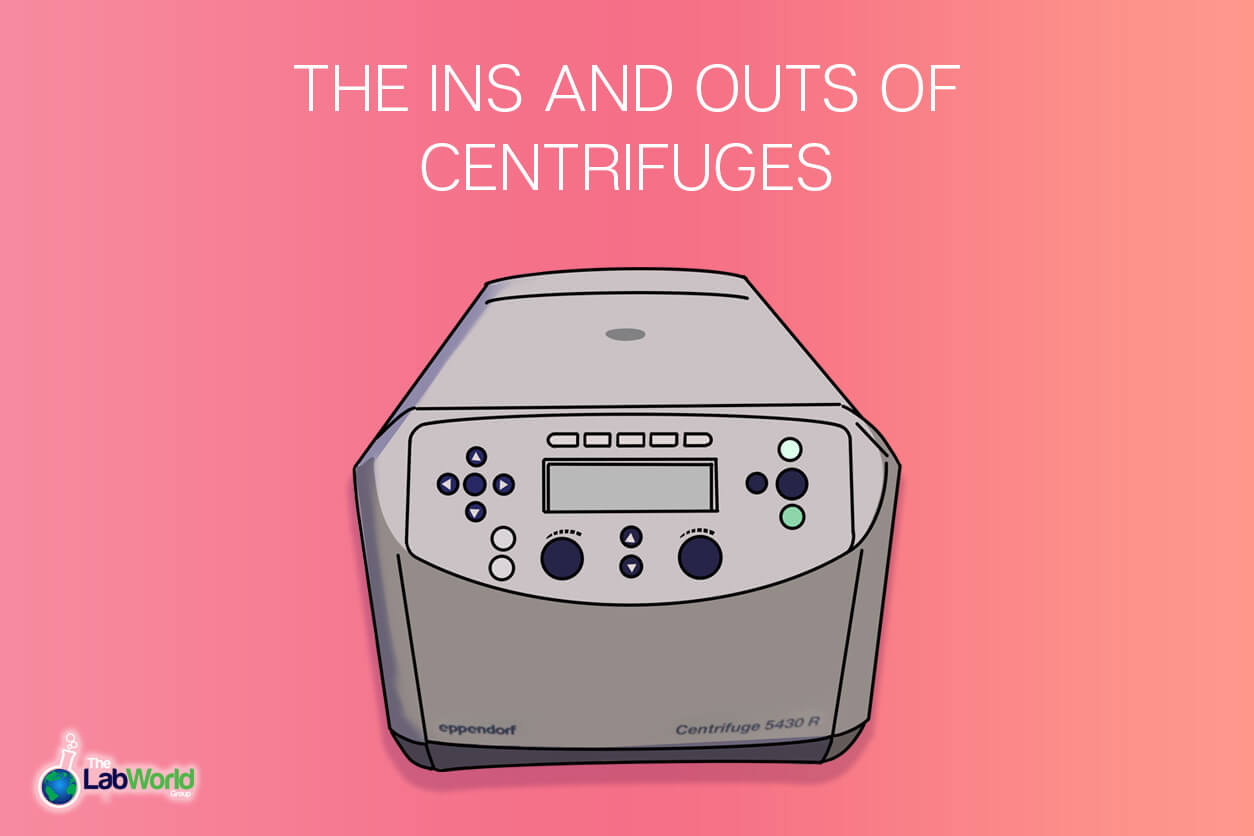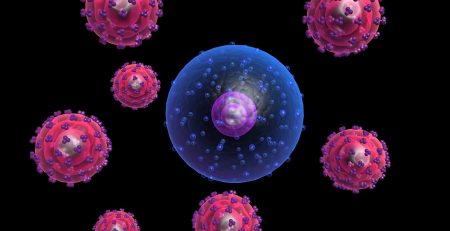
An Introduction to Centrifuges
Amanda2022-06-03T10:20:12+00:00All About Centrifuges
Centrifuges are a staple in clinical and laboratory settings around the world. The process of centrifugation can be used to collect cells, purify virus particles, and isolate lighter-than-water compounds. Centrifuges typically fall into two categories, analyzing how gravitational force impacts behavior or preparation purposes and separating a sample into its components.
One of the most important steps in sample preparation, the ubiquitous centrifuge has evolved from its humble beginnings as a hand-driven device to span a huge range of sizes, dedicated uses, and temperatures to fit just about any need. Here we’ll take a look at this fascinating lab instrument and how it came to be so essential.
History of Centrifugation
The concept of centrifugal force was given a name in 1659 by a dutch mathematician, Christiaan Huygens when he coined the term centrifugal force in his work De vi centrifuga in which Huygens derived the standard formula for classic mechanics. This concept was put to work 200 years later when Master Brewer, Antonin Prandtl of Germany, wanted to speed up the process of separating cream and milk.
A Swiss physician named Friedrich Miescher would later use this technology to be the first to extract DNA from cells. Then in 1925, Theodor Svedberg created the first ultracentrifuge capable of reaching 900,000 x g. This early analytical instrument helped determine the molecular weight and subunit structures of complex proteins, earning him a Nobel Prize.
As the years went on, further innovations were added such as high vacuum, electrically-driven motors, and high rotational speeds. New techniques were created, each iteration building upon the last, adding microprocessor control, robotic loading, and improved rotor materials that were lighter and stronger. With each innovation, the field of choices expanded into the universe of centrifuges we see today.
Laboratory Centrifuge Parts and Functions
A centrifuge is made up of a rotor assembly and an electrical motor. Rotors over the years have expanded to include swing bucket rotors, fixed-angle rotors, and vertical rotors, and each is built to address specific speed, volume, and type of centrifugation needed, either differential, rate-zonal or isopycnic. The material and types of rotors used in centrifugation directly impact the speed it can achieve safely and what vessel it can hold.
Fixed angle rotors will hold samples firmly at an angle, usually 45°. A swing bucket rotor when it reaches its full speed will support a vessel at 90° relative to the angle of rotation. The swing bucket rotor will collect sediment at the bottom of a conical tube, while the fixed angle rotor will collect sediment on the side
A centrifuges capacity can also run the gamut, from tiny personal centrifuges for quick spindowns of PCR tubes, microcentrifuges that work with capillary tubes, and up to floor model centrifuges and ultra-centrifuge that can spin at speed of up to 1000000 x g allowing you to settle much smaller particles.
Centrifuge Speed
Speed can be leveraged in analytical and preparative settings to great advantage. A low-speed centrifuge, those that operate over 10,000 rpm but below 15200 rpm is useful for processing blood products. Centrifugation will separate blood components, or large cells from smaller cells, and allow scientists to analyze biological samples.
A high-speed centrifuge is ideal for larger volumes of samples in laboratories working with cellular, biological, or molecular work, industrial applications, or clinical preparation work. Ultracentrifuges with their super speeds allow labs to separate small particles like viruses, protein complexes, RNA, and plasmid DNA.
Temperature can also play a part in centrifugation. When spinning at high speeds, energy is expended and energy creates heat. Certain analytes can be impacted by changes in temperature including enzymes and hormones. To counteract this, a modern centrifuge may use air cooling, or a refrigerated centrifuge uses a compressor to keep a tight temperature range while operating.
Centrifuge Types
Apart from the more common benchtop, microfuge, and floor centrifuges, there are a few specialty centrifuges, these fulfill a specific need and as such have specialized rotors and conditions. A microplate spinner for example is just what it sounds like. Instead of taking up a larger centrifuge and putting undue wear and tear on the more expensive instrument, this handy little guy will hold two microplates at just the right speed and price point.
A cytocentrifuge like the Cytospin from Thermo Scientific is designed to deposit a monolayer of cells onto a slide for analysis, keeping the cells intact and preserving morphology.
Centrifuges can also be used in speed vac assemblies, when concentrating and drying DNA and RNA precipitates, this important step that keeps the sample from bumping or boiling during the process. When the solute is deposited at the bottom of the container, the sample can dry completely, separating solvents, and give uses complete quantitative recovery.
Centrifuge Manufacturers
Several companies have consistently produced quality instruments. One of the first was Beckman Coulter after they acquired the first commercially produced centrifuge company, Spinco in 1955. Since then they’ve grown the line to cover benchtop centrifuges, ultracentrifuges, and high-performance floor models.
Hettich revolutionized the market in 1976 with the introduction of microprocessor control. Their offerings cover your use case starting with simple hand-operated models, refrigerated centrifuges, and automated centrifuges.
Over the years we’ve been fortunate to carry lab staples such as the Eppendorf 5702 centrifuge, the Beckman Allegra series, and the Thermo Sorvall Legends. Eppendorf’s catalog of centrifuges, rotors, adapters, and consumables is comprehensive and reliable. They offer microfuges, general-purpose benchtop centrifuges, and even multipurpose high-capacity centrifuges.
In Conclusion
The centrifuge is an important instrument to have in the lab. This useful workhorse is often the starting point for a lot of protocols and luckily you can find just about any combination to fit your need. Important things to consider when buying for the lab are: what are your speed requirements? What is the capacity you’ll need? What type of vessel will be optimal to hold your finished samples? Will you require temperature control?
Trying to nail all of these down can be a challenge but we’re here to help. Every centrifuge that comes through our door is rigorously inspected and verified before we put it up for sale. Our centrifuges come backed by our standard warranty and always include a rotor so you can get to your research sooner. If you have questions, we have answers. Let us help you find the right instrument for your lab today!













